Terry K. Woods - Ohios Grand Canal: A Brief History of the Ohio & Erie Canal
Here you can read online Terry K. Woods - Ohios Grand Canal: A Brief History of the Ohio & Erie Canal full text of the book (entire story) in english for free. Download pdf and epub, get meaning, cover and reviews about this ebook. year: 2008, publisher: The Kent State University Press, genre: Romance novel. Description of the work, (preface) as well as reviews are available. Best literature library LitArk.com created for fans of good reading and offers a wide selection of genres:
Romance novel
Science fiction
Adventure
Detective
Science
History
Home and family
Prose
Art
Politics
Computer
Non-fiction
Religion
Business
Children
Humor
Choose a favorite category and find really read worthwhile books. Enjoy immersion in the world of imagination, feel the emotions of the characters or learn something new for yourself, make an fascinating discovery.
- Book:Ohios Grand Canal: A Brief History of the Ohio & Erie Canal
- Author:
- Publisher:The Kent State University Press
- Genre:
- Year:2008
- Rating:5 / 5
- Favourites:Add to favourites
- Your mark:
Ohios Grand Canal: A Brief History of the Ohio & Erie Canal: summary, description and annotation
We offer to read an annotation, description, summary or preface (depends on what the author of the book "Ohios Grand Canal: A Brief History of the Ohio & Erie Canal" wrote himself). If you haven't found the necessary information about the book — write in the comments, we will try to find it.
A one-volume history of the Ohio & Erie Canal
There have been a number of books written about Ohios nineteenth-century canal system, especially about the Ohio & Erie Canal, but Ohios Grand Canal is by far the most meticulously researched account I have ever read.Jack Gieck, author of A Photo Album of Ohios Canal Era, 18251913
By linking Ohios two major bodies of waterthe Ohio River and Lake ErieOhios canals, built in the early nineteenth century, caused unprecedented growth and wealth for the fledgling state. The canals opened up Ohio to new markets, new settlers, agriculture, and industry, depositing large sums of money into the region and giving Ohioans a surge of confidence and optimism.
Despite these impressive results, the canals struggled when other modes of transportation, such as the National Road and river steamboats, became serious competitors. The rise in popularity of railroads in the 1850s sparked the beginning of the end for the canals. Over the next decades, the canals declined steadily due to neglect, culminating with a statewide flood in 1913, which effectively rendered most of the Ohio & Erie useless.
Ohios Grand Canal concisely details the entire history of the canal system. Author Terry K. Woods chronicles the events leading up to construction, as well as public opinion of the canal system, the modifications made to traditional boat designs, the leasing of the waterways to private companies, and the canals legal abandonment in 1929. He also includes a personal look at the 1913 flood through the eyes of a thirteen-year-old boatman who experienced it firsthand.
Well written and thoroughly researched, this single-volume history of the Ohio & Erie Canal will be important to educators and to a general audience interested in Ohio history and canals.
Terry K. Woods: author's other books
Who wrote Ohios Grand Canal: A Brief History of the Ohio & Erie Canal? Find out the surname, the name of the author of the book and a list of all author's works by series.

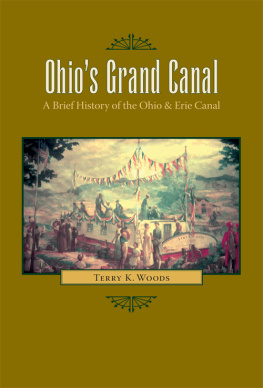


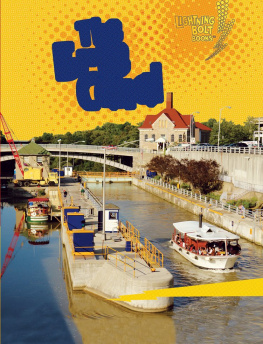
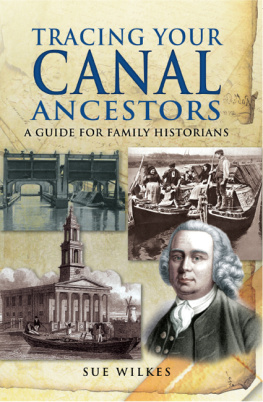
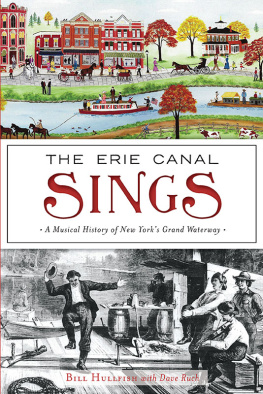
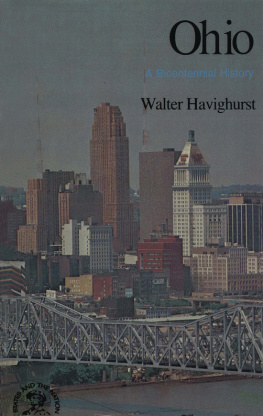

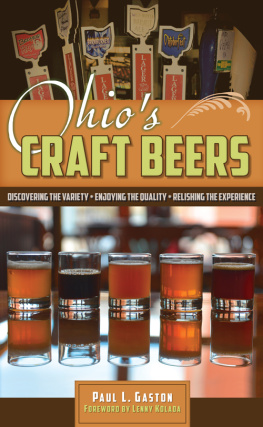

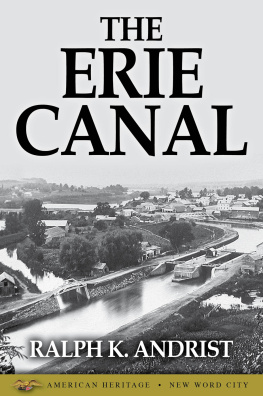


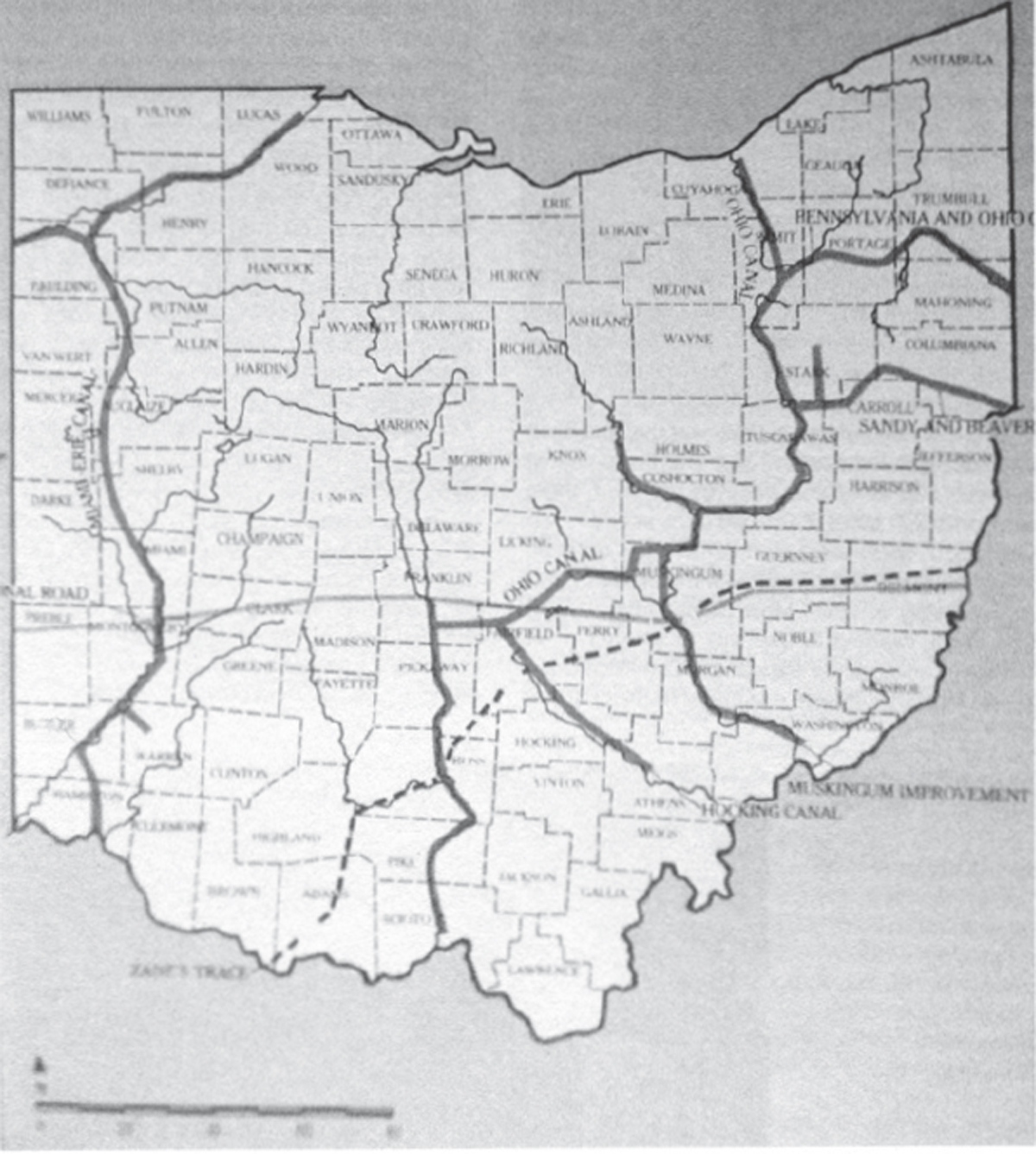
 1
1 